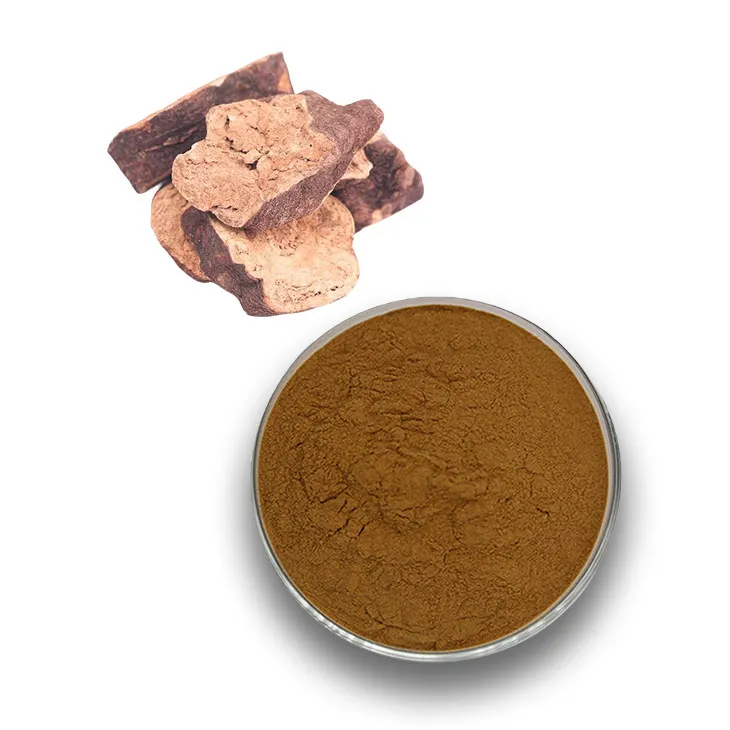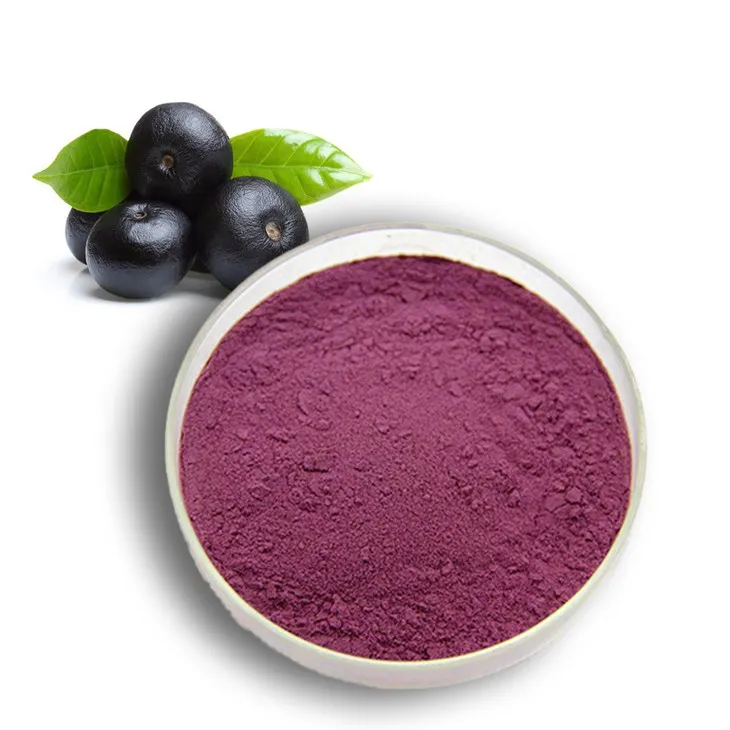- 0086-571-85302990
- sales@greenskybio.com
From Harvest to Vat: Preparing Raw Materials for Alcoholic Fermentation
2024-07-16
1. Introduction
Alcoholic fermentation is a complex and fascinating process that has been practiced for thousands of years. It is the cornerstone of the production of a wide variety of alcoholic beverages, from wine made from grapes to beer brewed from cereals. The journey from the harvest of raw materials to the vat where fermentation takes place is crucial in determining the quality and characteristics of the final product. This article will explore in detail the various steps and considerations involved in preparing raw materials for alcoholic fermentation.
2. Harvesting of Raw Materials
2.1 Fruits
The harvesting of fruits for alcoholic fermentation is a time - sensitive process. For example, grapes are typically harvested when they reach the optimal level of ripeness. This is determined by factors such as sugar content, acidity, and flavor development. Over - ripe or under - ripe grapes can lead to inferior wine. In the case of other fruits like apples for cider production, they are also harvested at a specific stage. Growers need to carefully monitor the fruit's growth and development to ensure that they are picked at the right time.
2.2 Cereals
Cereals, such as barley used in beer production, have their own harvesting requirements. Barley is usually harvested when the grains are fully matured. The correct harvesting time affects the starch content and quality of the grains. If harvested too early, the grains may not have developed enough starch, which is crucial for the fermentation process as it will be converted into sugars during mashing. On the other hand, if harvested too late, there may be issues with spoilage or a decrease in quality.
3. Sorting and Cleaning
Once harvested, the raw materials need to be sorted and cleaned. This is an important step in removing any unwanted materials.
3.1 Fruits
For fruits, this involves removing any damaged, rotten, or unripe fruits. Damaged fruits can introduce off - flavors and unwanted microorganisms into the fermentation process. Sorting can be done by hand or using mechanical sorting devices. After sorting, the fruits are usually washed to remove dirt, pesticides, and other contaminants. However, care must be taken not to over - wash grapes, for example, as this can remove the natural yeasts present on the skins, which may be important for the fermentation process in the case of some traditional winemaking methods.
3.2 Cereals
Cereals also require sorting and cleaning. Stones, straw, and other foreign materials are removed. This can be achieved through sieving and aspiration processes. Cleaning the cereals helps to ensure that only the pure grains are used for fermentation, reducing the risk of contamination and ensuring a more consistent fermentation process.
4. Crushing and Mashing
After sorting and cleaning, the raw materials are prepared for the extraction of sugars, which is a crucial step in alcoholic fermentation.
4.1 Fruits
Fruits are often crushed to release their juices. In the case of grapes, crushing can be done gently to avoid crushing the seeds, which can release bitter compounds. The resulting grape must (juice, skins, seeds, and pulp) is then used for fermentation. Some fruits may require enzymatic treatment to break down the cell walls further and release more sugars.
4.2 Cereals
Cereals are mashed. For example, in beer production, barley is first malted and then mashed. Mashing involves mixing the malted barley with water at specific temperatures. This process activates enzymes that break down the starches in the grains into fermentable sugars. The temperature control during mashing is critical. Different enzymes work best at different temperature ranges. For instance, alpha - amylase works well at higher temperatures, while beta - amylase is more active at lower temperatures. By carefully controlling the mashing temperature profile, brewers can optimize the sugar extraction and the quality of the wort (the liquid obtained after mashing).
5. Temperature Control
Temperature control is a vital aspect throughout the preparation of raw materials for alcoholic fermentation.
5.1 During Harvest and Storage
After harvesting, if fruits or cereals are not stored at the appropriate temperature, spoilage can occur quickly. For fruits, especially in warm climates, they may need to be cooled immediately to prevent over - ripening or the growth of mold. Cereals should also be stored in a dry and cool place to maintain their quality. High temperatures during storage can lead to a decrease in starch quality in cereals and an increase in the growth of unwanted microorganisms on fruits.
5.2 During Fermentation - related Processes
In the crushing and mashing processes, temperature control is essential. As mentioned earlier, different enzymes in cereals work at different temperatures. In fruits, the temperature can also affect the activity of natural yeasts or the growth of added yeasts. For example, wine fermentation is typically carried out at a relatively cool temperature (around 10 - 20°C for white wines and 20 - 30°C for red wines). This temperature range helps to preserve the delicate flavors and aromas of the grapes while allowing the yeast to ferment the sugars effectively. If the temperature is too high, the yeast may produce off - flavors, and if it is too low, the fermentation may be slow or even stop.
6. Addition of Nutrients and Supplements
In some cases, nutrients and supplements may need to be added to the raw materials to support the fermentation process.
6.1 For Yeast Health
Yeast requires certain nutrients to grow and ferment sugars efficiently. These include nitrogen sources, vitamins, and minerals. In beer brewing, for example, if the malt does not provide sufficient nutrients, yeast nutrient supplements may be added. In winemaking, some vineyards may add nutrients if the grapes are deficient in certain elements. This helps to ensure that the yeast can complete the fermentation process without any problems and produce a high - quality product.
6.2 Adjusting pH and Acid Levels
The pH and acid levels of the raw materials can also impact fermentation. In some cases, acids may be added to adjust the pH to a more favorable range for yeast activity. For example, in cider production, malic acid may be added to increase the acidity if the apples used have a relatively low acid content. This helps to create an environment that is conducive to yeast growth and fermentation while also contributing to the flavor and stability of the final product.
7. Conclusion
The preparation of raw materials from harvest to vat for alcoholic fermentation is a multi - step process that requires careful attention to detail. Each step, from harvesting at the right time, sorting and cleaning, crushing and mashing, temperature control, to the addition of nutrients and supplements, plays a crucial role in determining the success of the fermentation process and the quality of the resulting alcoholic beverage. By understanding and optimizing these processes, producers can create products with unique flavors, aromas, and characteristics that satisfy the diverse tastes of consumers.
FAQ:
What are the key raw materials for alcoholic fermentation?
Fruits and cereals are among the key raw materials for alcoholic fermentation. Fruits such as grapes, apples, etc., are rich in sugars which can be converted into alcohol during fermentation. Cereals like barley, wheat, and corn also serve as important sources of fermentable sugars or starches which can be processed and then fermented.
Why is temperature control important during the handling of raw materials for alcoholic fermentation?
Temperature control is crucial during the handling of raw materials for alcoholic fermentation. Different microorganisms involved in fermentation have an optimal temperature range. If the temperature is too low, the fermentation process may slow down or even stop, as the enzymes responsible for the conversion of sugars may not function properly. On the other hand, if the temperature is too high, it can kill the yeast or other beneficial microorganisms, leading to an unsuccessful fermentation or the production of off - flavors in the final product.
How does proper preparation of raw materials affect the quality of the resulting alcoholic drinks?
Proper preparation of raw materials significantly affects the quality of the resulting alcoholic drinks. For example, if fruits are not properly sorted and cleaned before fermentation, contaminants can interfere with the fermentation process and introduce unwanted flavors. Appropriate crushing or milling of cereals helps in releasing the fermentable sugars or starches more effectively. Also, maintaining the right temperature and pH during the preparation of raw materials creates an ideal environment for the yeast, which in turn can lead to a more complete and efficient fermentation, resulting in a better - tasting, more consistent alcoholic product.
What are the steps involved in preparing fruits as raw materials for alcoholic fermentation?
The steps involved in preparing fruits for alcoholic fermentation typically include harvesting at the right time, sorting to remove damaged or unripe fruits, cleaning to remove dirt and debris, and crushing to break open the fruit cells and release the juice containing sugars. Some fruits may also require additional steps such as destemming or peeling, depending on the type of fruit and the desired end product.
How are cereals prepared for alcoholic fermentation?
Cereals are prepared for alcoholic fermentation through several steps. First, they are harvested and then cleaned to remove any impurities. Next, they are often milled or ground to break down the grains and expose the starchy interior. The starch is then converted into fermentable sugars through a process such as malting (in the case of barley for beer production). After that, the cereal - based mash is cooked to gelatinize the starch further and make it more accessible to enzymes for sugar conversion. Finally, it is cooled to an appropriate temperature before adding yeast for fermentation.
Related literature
- Fermentation Microbiology and Biotechnology"
- "The Alcohol Textbook: A Reference for the Beverage, Fuel and Industrial Alcohol Industries"
- "Principles of Fermentation Technology"
- ▶ Hesperidin
- ▶ Citrus Bioflavonoids
- ▶ Plant Extract
- ▶ lycopene
- ▶ Diosmin
- ▶ Grape seed extract
- ▶ Sea buckthorn Juice Powder
- ▶ Fruit Juice Powder
- ▶ Hops Extract
- ▶ Artichoke Extract
- ▶ Mushroom extract
- ▶ Astaxanthin
- ▶ Green Tea Extract
- ▶ Curcumin
- ▶ Horse Chestnut Extract
- ▶ Other Product
- ▶ Boswellia Serrata Extract
- ▶ Resveratrol
- ▶ Marigold Extract
- ▶ Grape Leaf Extract
- ▶ New Product
- ▶ Aminolevulinic acid
- ▶ Cranberry Extract
- ▶ Red Yeast Rice
- ▶ Red Wine Extract
-
Hesperidin
2024-07-16
-
Curcuma Longa Extract
2024-07-16
-
Citrus bioflavonoids
2024-07-16
-
Green Tea Extract
2024-07-16
-
Buckthorn bark extract
2024-07-16
-
Polygonum multiflorum extract
2024-07-16
-
Camu Camu Extract
2024-07-16
-
Purple Sweet Potato Extract
2024-07-16
-
Red Wine Extract
2024-07-16
-
Acai Berry Extract
2024-07-16





















